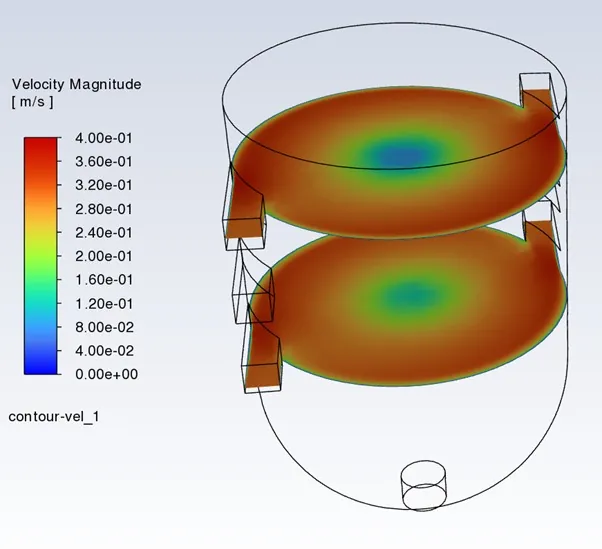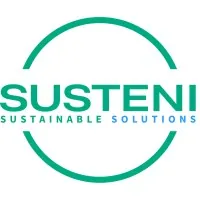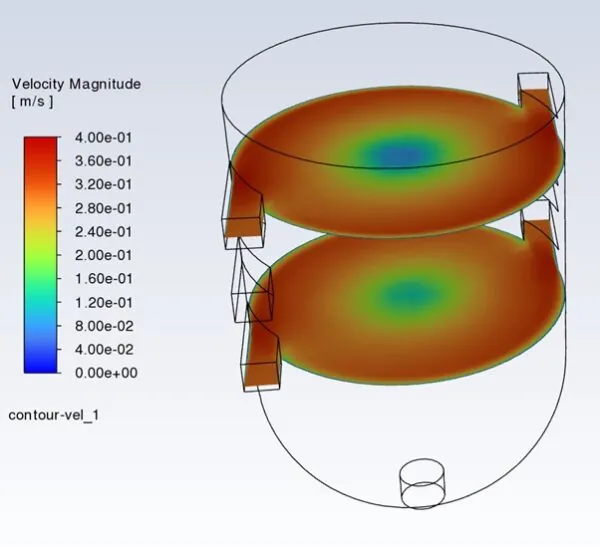Revolutionizing Aquaculture with Simulation-Driven Solutions


Susteni is a forward-thinking engineering services company dedicated to developing sustainable solutions for the maritime industry. By focusing on reducing environmental footprints and optimizing operational efficiency, Susteni creates added value for its customers.
The company specializes in addressing challenges related to energy waste, operational costs, and environmental pollution, ensuring that its solutions are both economically and ecologically beneficial.
A commitment to sustainability and efficiency has earned the company a strong reputation in the field.
The maritime industry, particularly the aquaculture sector, faces significant challenges in managing complex, expensive projects. One of the primary issues is the high cost associated with initial design errors, which often lead to expensive modifications. Ensuring accurate and realistic documentation is critical to reducing risks and overall project costs.
In aquaculture, the design of fish pens and tanks directly impacts water circulation, which in turn affects fish health and mortality rates. Poor water circulation can lead to increased energy consumption, higher operational costs, and environmental pollution. Accurate simulation and optimization of water flow are essential to creating sustainable and efficient aquaculture systems.
Susteni needed to address the challenge of optimizing water circulation in closed fish pens. Traditional approaches to understanding water flow behavior are often inaccurate and lack precision. Simulation has emerged as the ideal solution; Susteni required a solution that could handle complex fluid dynamics, including waste particle distribution and surface wave formation, to ensure optimal water quality and fish health.
Simulation as a Key to Sustainable Aquaculture
Simulation is essential for optimizing water flow in aquaculture tanks, which directly impacts fish health and mortality rates. By improving water circulation, Susteni can help its customers reduce operational costs, enhance fish welfare, and minimize environmental impact. Simulation also addresses competitive pressures and customer demands for more efficient and sustainable solutions.
Susteni utilized CFD (Computational Fluid Dynamics) to analyze and optimize water circulation in aquaculture tanks. The study involved testing multiple design configurations to identify solutions that balance efficient water flow, fish safety, and energy consumption.
Key features of the simulation software, such as SpaceClaim, meshing tools, and the Fluent CFD were instrumental in achieving accurate results. Specific models like DPM (Discrete Particle Model) and VOF (Volume of Fluid) were used to simulate waste particle distribution, fish food dispersion, and surface wave formation.
These tools enabled Susteni to predict air entrainment and ensure stable air-water splits, preventing excessive turbulence and maintaining optimal water quality:
Achieving Engineering and Business Goals Through Simulation
Simulation enabled Susteni to achieve its engineering goals by providing accurate and actionable insights into water circulation behavior. This allowed the company to optimize fish pen designs, ensuring efficient water flow, reduced energy consumption, and improved fish health.

From a business perspective, simulation helped Susteni offer new services to its customers, reduce delivery times, and lower costs by eliminating the need for third-party outsourcing.
Before adopting simulation tools, Susteni had lacked the capability to offer advanced flow and resistance calculations for complex cases. Simulation has empowered the company to develop new expertise, enabling it to provide innovative solutions that were previously unattainable, positioning Susteni as a leader in sustainable aquaculture design.
Ansys has been a game-changer for us. Its reliable and detailed analysis capabilities have been instrumental in optimizing water circulation within aquaculture systems. The ability to use existing structural models as input for mesh generation, combined with seamless integration across tools, has allowed us to achieve highly accurate and actionable insights. This has not only improved the efficiency of our designs but also enhanced fish health and reduced operational costs. Ansys has truly empowered us to deliver sustainable and innovative solutions to our customers.
– Hatef Khaledi, Project Engineer
Susteni’s adoption of simulation tools has transformed its approach to aquaculture design. By leveraging CFD simulations, the company has optimized water circulation in fish pens, achieving significant improvements in fish health, operational efficiency, and environmental sustainability.
Simulation has not only enabled Susteni to address complex industry challenges but also positioned the company as a leader in sustainable maritime solutions.
Find out more about Ansys Fluent
